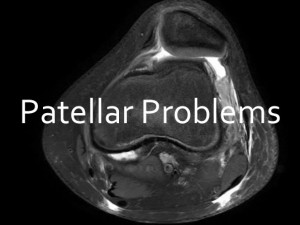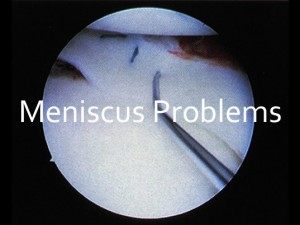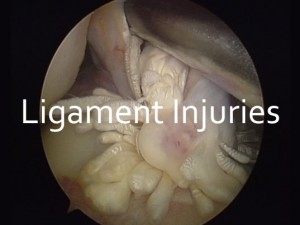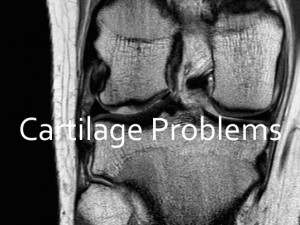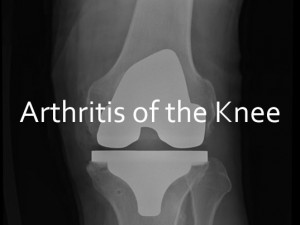Knee Replacement Surgery
Knee replacement surgery: Types of surgery, conditions treated, risks, and recovery time
What is knee replacement surgery?
Knee replacement surgery is one of the most common joint replacement surgeries performed in Australia, second only to hip replacement surgery, and can be an effective way to treat the pain, inflammation, and reduced movement that comes with problems such as arthritis of the knee.
Surgery may be recommended if non-surgical treatment options have been unsuccessful, and the pain causes disability.
There are several different types of knee joint replacement surgeries available, from arthroscopy to total or partial knee replacement depending on the severity and scope of the arthritis or injury.
Read on to find out more about the different surgery options.
Total or partial knee replacement (arthroplasty)
Total or partial knee replacement surgery involves the removal of the damaged cartilage and bone, to be replaced with new metal or plastic joint surfaces to restore the function of the knee. Whether a total or partial replacement is performed depends on how extensive the damage to the cartilage is.
Movie – Partial Knee Replacement
Movie – Total Knee Replacement
There are five kinds of partial knee replacement surgeries:
Partial resurfacing
Partial resurfacing uses one or more button prostheses to replace part of the natural articulating surface on one or more sides of the joint in one or more articular compartments of the knee.
Unispacer
Unispacer surgery uses a medial or lateral femorotibial compartment articular spacer.
Bicompartmental
Bicompartmental involves the replacement of the medial femoral and trochlear articular surface of the knee with a single femoral prosthesis as well as the medial tibial articular surface with a unicompartmental tibial prosthesis. It can also include a patellar prosthesis.
Patella/trochlea
This surgery uses a trochlear prosthesis to replace the femoral trochlear articular surface and often also patellar prosthesis.
Unicompartmental
Unicompartmental surgery involves the replacement of the femoral and tibial articular surface of either the medial or lateral femorotibial compartment using unicompartmental femoral and tibial prostheses.
Other types of knee surgery, other than replacement can include:
Arthroscopy
Arthroscopy involves the surgeon making small incisions and using thin surgical instruments to diagnose and treat joint problems.
Although arthroscopic surgery is not often used to treat arthritis of the knee, it may be recommended in cases where osteoarthritis is accompanied by a meniscal tear to treat the torn meniscus.
Cartilage grafting
For this surgery, which is typically performed only on younger patients with small amounts of cartilage damage, healthy cartilage can be taken from another part of the knee (or tissue bank) to fill a hole in the articular cartilage.
Synovectomy
A synovectomy involves the removal of the synovial membrane, the joint lining which is damaged by rheumatoid arthritis, to reduce the associated pain and swelling.
Osteotomy
An osteotomy can be performed on patients with early-stage osteoarthritis, where only one side of the knee joint has been damaged.
In this surgery, the tibia (shinbone) or the femur (thighbone) is cut and reshaped to take pressure off the knee joint, relieving pain and restoring function to the arthritic knee.
Movie – High Tibial Osteotomy
What are the risks of knee replacement surgery?
As with any surgery, there are risks and potential complications involved.
Infection
Infection is a risk with any surgery, and can happen at any time, from when you’re still in hospital following the procedure, when you come home, or even years later (any infection in the body has the potential to spread to the replacement joint).
While minor wound infections can usually be treated effectively with antibiotics, severe or deep infections may require more surgery and possibly the removal of the prosthesis.
Prosthesis wear
Although prosthetic technology is always advancing, there is the potential that the replacement joint will wear down over time or components loosen. This may require revision surgery.
Nerve injury
Nerve damage in the area of surgery is a rare complication, and in most instances improves or resolves over time.
How long is recovery from knee surgery?
Recovery time will depend on the type of surgery performed, and you may need to wear a knee brace or use crutches while you’re recovering.
Physical therapy may be required to help you regain strength in your knee and to restore range of motion.
Knee replacement surgery: Types of surgery, conditions treated, risks, and recovery time What is knee replacement surgery? Knee replacement surgery is one of the most common joint replacement surgeries performed in Australia, second only to hip replacement surgery, and can be an effective way to treat the pain, inflammation, and reduced movement that comes with […]

